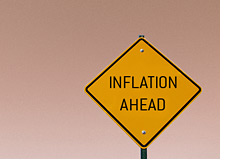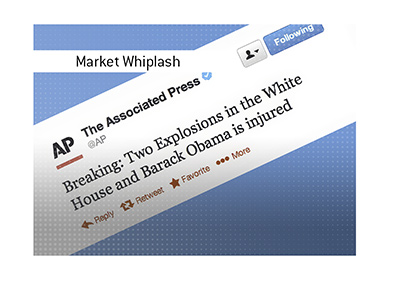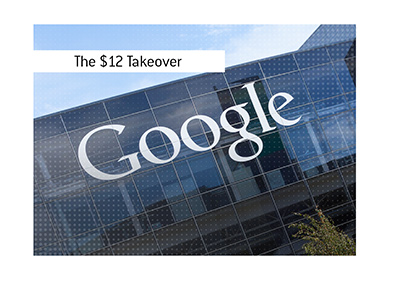High Inflation Threw The US Economy Into Disarray In the Early 80's
 Over the past 25-27 years or so, inflation in the United States has been pretty tame.
Over the past 25-27 years or so, inflation in the United States has been pretty tame. Over the past decade, the annualized average inflation rate in the US has not topped 4%. Since 1986, the highest annualized rate has been 5.39%, and that was seen in 1990.
The last time that the United States experienced double digit inflation? 1981. In 1981, the annualized average inflation rate was 10.35%. The two years before that were both over 10% as well, with 1979 coming in at 11.22%, and 1980 coming in at a whopping 13.58%.
With the United States very likely needing to print trillions of dollars to fund their deficit spending over the next decade, inflation is going to likely announce itself (in a big way) to the nation.
For instance - the Fed is currently buying up almost 50% of net new Treasury offerings. Where does the Fed get this money? It creates it. So every time that the Fed fires up the printing presses to purchase some Treasuries, the money supply increases. This creates inflation.
Julian Robertson recently said that we may have 15-20% inflation over the coming years.
What happened the last time that we experienced inflation close to this rate, and how did we end up getting ourselves out of it?
Where did the inflation in the 70s and early 80s come from?
In 1973, members of the OAPEC (Organization of Arab Petroleum Exporting Countries) decided to impose an oil embargo in response to the United States deciding to re-supply Israel during the Yom Kippur war.
Oil spiked, creating a "price shock" that raised the price of nearly everything.
In 1979 there was another energy crisis, this time caused by the implosion of the Iranian oil sector. Oil prices spiked once again as oil production (especially in Iraq and Iran) plummeted and inflation took hold.
Ronald Reagan took office in 1981 amidst major economic turmoil. Inflation was high and the unemployment rate was steadily ticking higher (the unemployment rate was 7.5% when Reagan took office). The deadly combination of weak economic activity and inflation (otherwise known as "stagflation") was threatening to ruin the United States economy.
Paul Volcker, who was the Fed Chairman at the time, decided to aggressively raise the federal funds rate in an attempt to beat back inflation. The move, which was incredibly unpopular at the time (for obvious reasons), ended up working, and inflation was lowered to about 3% by 1983.
Ronald Reagan, who left office as one of the most popular presidents of all time, was under enormous pressure early in his term due to high inflation and soaring unemployment rates.
The unemployment rate, which topped 10% for nearly a year straight in 1982-83, peaked at 10.8% in late 1982 and was down below 8% by the beginning of 1984.
This was the last time that the United States has had to face high inflation as a nation.
Will we have to endure something similar over the years ahead as the Fed continues to print money?
And if so - could our economy stand the shock?
Filed under: General Knowledge



